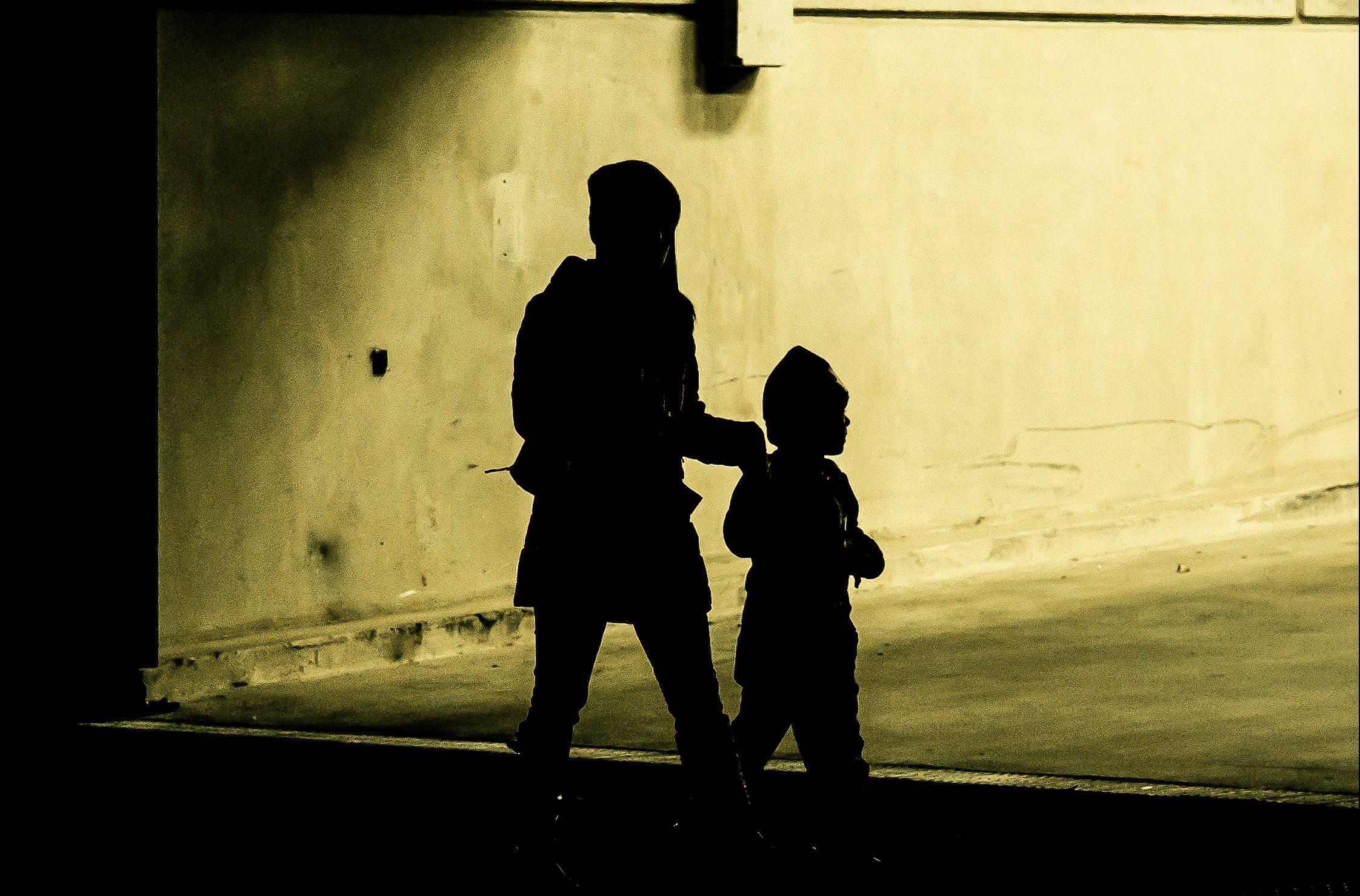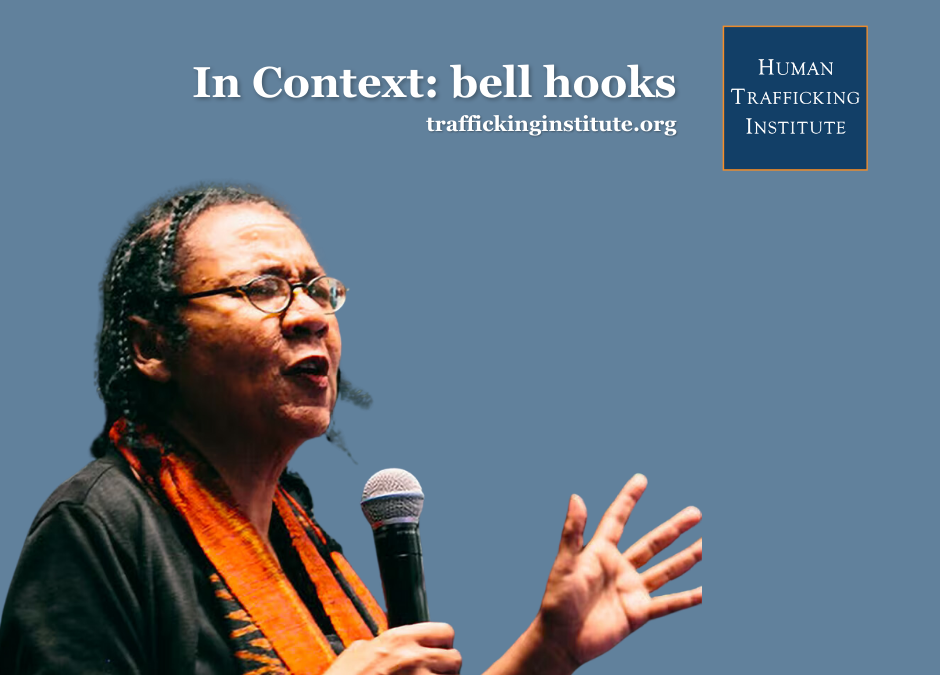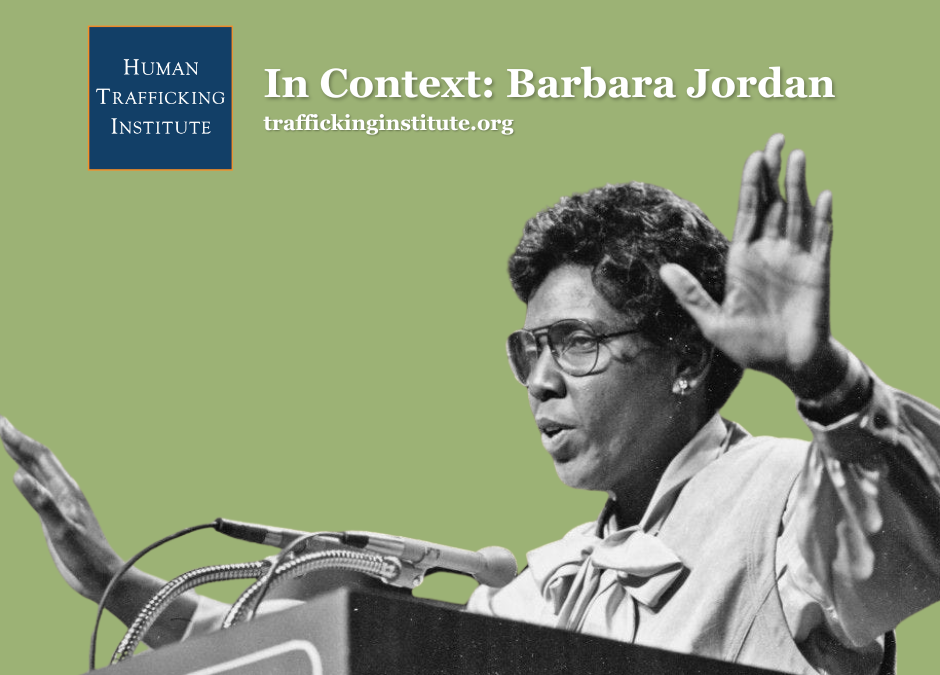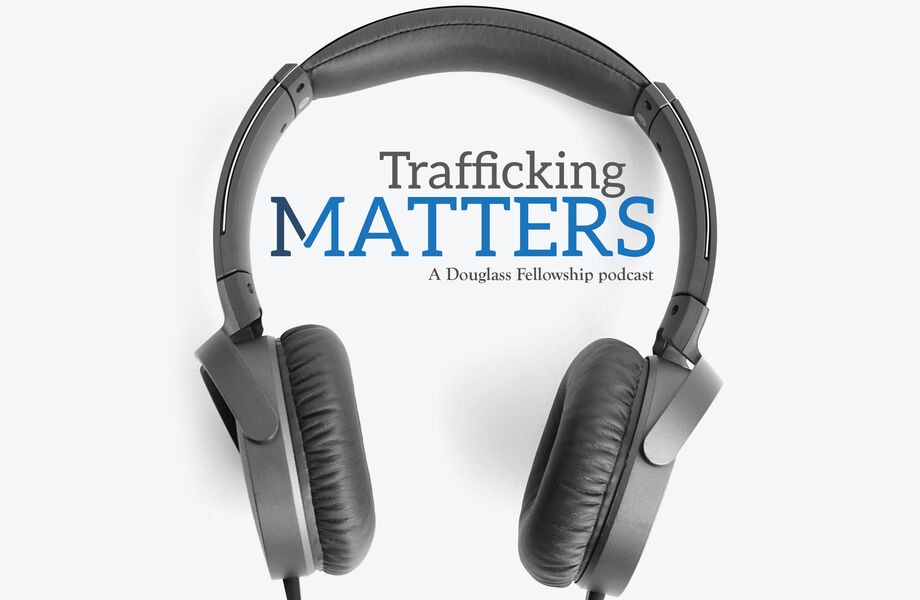“Every day I think, I could’ve/should’ve done this or that, but I was so scared. You are in a mental prison, and the trafficker knows that you won’t do anything.” -Harold D’Souza, anti-trafficking advocate and labor trafficking survivor
Every day, an estimated 16 million people in the world live this horrific reality as victims of forced labor1. Working under force, fraud, coercion, and duress, these children, women, and men toil in industries of all kinds across the globe. In the United States, victims of labor trafficking often work and live in the shadows, “produc[ing] some of the food we eat and the clothes we wear… they have cleaned the buildings in which many of us live or work.2”

An abundance of state and federal cases demonstrate that individuals from all walks of life—domestic and foreign-born—are exploited in a range of settings across the country. Cases across the country reveal the myriad ways in which traffickers exploit vulnerabilities for their own gain, from forced labor of immigrants in domestic work, agricultural3 and hospitality industry settings, to a case in Ashland, Ohio, where a woman with a cognitive disability and her five-year-old daughter were held against their will and forced to perform manual labor, among other terrible abuses.
The current U.S. landscape in responding to labor trafficking
Throughout the United States, there is ample good news about progress in the fight to combat labor trafficking: Dynamic anti-trafficking task forces, coalitions, and collaborative partnerships now link federal, state, and local partners to support comprehensive response efforts in most states; states are implementing extensive training mandates and providing resources for inspectors, investigators, and regulatory agencies in a prime position to identify and assist potential victims of labor trafficking; and, ultimately, more victims are receiving assistance to rebuild their lives.

A 2018 special report from the Bureau of Justice Statistics (BJS) reports that “the number of suspects referred to U.S. attorneys for human-trafficking violations increased from 1,360 in 2011 to 1,923 in 2015 (up 41%).” This is excellent news. But there are clear indicators that more efforts are needed to effectively provide justice to survivors of labor trafficking and their perpetrators.
Notably, the same report also found that while referrals for sex trafficking violations increased by 82%, referrals for forced labor remain quite low by comparison and actually decreased by 6% over the same five year period4. Even taking into account the substantial uptick in case referrals categorized as “other” (which includes cases where perpetrators are alleged to have unlawfully seized documents), the overall number of cases related to forced labor still significantly lags behind the referrals in sex trafficking cases5.
According to the Freedom Network USA, labor trafficking cases “only made up 2% of prosecutions in 2016.6” And the Human Trafficking Institute’s 2017 Federal Human Trafficking Report found that in 2017, the federal “government initiated 230 new criminal human trafficking cases in 2017; 216 were sex trafficking cases and 14 were labor trafficking cases.”7 8
The reasons for the disparity are complex. In part, due to a lack of centralized data that includes state and local investigations, we lack a full picture of what is happening across the United States in terms of criminal investigations and their outcomes. But at a broader level, the more systemic barriers to justice for victims of labor trafficking are becoming better known.

A 2014 study funded by the National Institute of Justice and implemented by the Urban Institute examined why so few identified labor trafficking cases are investigated and prosecuted. In short, the study found that:
“By and large, labor trafficking investigations were not prioritized by local or federal law enforcement. Survivors mostly escaped on their own and lived for several months or years before being connected to a specialized service provider. Local and federal law enforcement agencies had difficulty defining labor trafficking and separating it from other forms of labor exploitation and workplace violations.9”
Based on global prevalence estimates10 and inference from research about labor trafficking in the United States, it seems unlikely there are fewer instances of labor trafficking than sex trafficking. To help ensure victims of all forms of human trafficking have the opportunity to access justice, a renewed policy and community response focus is needed, starting with increased awareness of how labor exploitation occurs and challenges in the current systems response.
Accelerating progress in the fight against labor trafficking in the United States
As the anti-trafficking community considers how to more effectively and consistently help survivors access justice, one critical strategy remains paramount: The anti-trafficking movement in the United States should continue to meaningfully11 employ the experience and expertise of survivors to improve the efficacy of efforts to combat labor trafficking.

Earlier this year, the Urban Institute provided a helpful tool in this vein through its report, Justice in Their Own Words, a qualitative study interviewing 80 survivors of sex and labor trafficking the United States to better understand “their experiences with the criminal justice system, their definitions of justice, and their recommendations for how criminal justice system responses to trafficking can be improved.12”
Among other recommendations, survivors interviewed in the study suggested that justice system actors can implement a more effective response to cases by “adopting a more compassionate approach,” including through increased training13. Perhaps this recommendation is the most crucial starting place, as Urban Institute’s literature review in a different paper found that “many criminal justice system actors…may view survivors as ‘illegal immigrants’ or as complicit in their own victimization, often conflate trafficking with undocumented migration and prostitution, and may hold negative views toward survivors of trafficking, particularly those who diverge from their perception of an ‘ideal victim.’14”
Giving survivors —who are interested —the opportunity to share in their own, candid words on the ways misconceptions about labor trafficking complicate their own cases and survival can bring new perspective to criminal justice partners, for whom “compassion fatigue” can be a real challenge. In addition to providing appropriate resources for both the victims and responders in need of trauma-informed assistance, hearing directly from those who have survived and are recovering from deep experiences of trauma can be healing and energizing for all involved.
To illustrate how this can be an effective way forward, it is helpful to hear the personal experience of passionate survivor advocates who understand the magnitude of the gap between the reality of labor trafficking and the fight to end it. Part two of this article will feature an interview with Harold D’Souza, human trafficking expert and survivor advocate, whose own story and insights continue to shine a light on the scourge of labor trafficking in the United States.
- 1From the International Labor Organizations’s (ILO) Global Estimates of Modern Slavery report, 2017. Note that this prevalence statistic of 16 million refers to “persons in forced labour exploitation imposed by private actors other than for commercial sexual exploitation” (p. 32). Broadly, the ILO estimates that 24.9 million people total are victims of forced labor, of which “16 million were in the private economy, another 4.8 million were in forced sexual exploitation, and 4.1 million were in forced labour imposed by state authorities” (p. 10). Additionally, the report notes that these are conservative estimates due to data limitations (p. 9). https://www.ilo.org/wcmsp5/groups/public/—dgreports/—dcomm/documents/publication/wcms_575479.pdf
- 2 Ibid, p. 5. In the ILO’s report, the quote refers broadly to global labor trafficking but applies to the United States as demonstrated throughout this article.
- 3 The Urban Institute’s 2014 study Understanding the Organization, Operation, and Victimization Process of Labor Trafficking in the United States.
- 4 From the U.S. Department of Justice special report, Federal Prosecution of Human-Trafficking Cases, 2015. Issued June 2018, https://www.bjs.gov/content/pub/pdf/fphtc15.pdf, page 4. Authors Mark Motivans, BJS Statistician
Howard N. Snyder, former BJS Statistician. - 5 Notably, this statistic does not account for any labor trafficking cases prosecuted under state and local laws. Additionally, it is likely that prosecutors are utilizing other statutes for both sex and labor trafficking cases, as noted by the large increase in cases prosecuted under the “Other” category, which includes those charged with “Unlawful conduct with respect to documents in furtherance of trafficking (18 U.S.C. § 1592).” However, the overall number of these cases filed under “other” in the research is still notably fewer than sex trafficking cases referred for federal prosecution. Table 1 on page 4 states that there were 85 “other case” referrals, compared to 557 sex trafficking referrals and 64 forced labor referrals.
- 6 Smith, Melinda. “UN Special Rapporteur on Trafficking Releases Report on Combating Trafficking US,” Freedom Network USA, 9 June 2017. https://freedomnetworkusa.org/unsrht-releases-report-combating-trafficking-persons-us/
- 7 From the Human Trafficking Institute’s 2017 Federal Human Trafficking Report, Executive Summary, p.1. https://www.traffickingmatters.com/wp-content/uploads/2018/05/2017-Federal-Human-Trafficking-Report_hi-res.pdf
- 8 Note that none of the statistics in this paragraph account for cases prosecuted at the state or local levels, which if included could potentially increase the numbers.
- 9 From the National Institute of Justice, How Does Labor Trafficking Occur in U.S. Communities and What Becomes of the Victims. September 2016 research summary, https://www.nij.gov/topics/crime/human-trafficking/Pages/how-does-labor-trafficking-occur.aspx.
- 10 According to the ILO’s most recent estimates, “Of the 24.9 million victims of forced labour,16 million were in the private economy, another 4.8 million were in forced sexual exploitation, and 4.1 million were in forced labour imposed by state authorities.” From Global Estimates of Modern Slavery report, 2017, page 10.
- 11 The Urban Institute’s Bending Toward Justice report concludes: “Survivors (in the study) had individualized preferences for certain alternative forms of justice; not all survivors we spoke to wanted an apology from their trafficker, and not all survivors are prepared to lobby Congress for anti-trafficking policies. And, because some of the most descriptive and encouraging alternatives came from survivors themselves, it is important to provide space for survivors to create their own avenues for healing, moving on, and making societal and structural changes that can prevent future victimization,” p. 13. https://www.urban.org/sites/default/files/publication/97341/alternative_forms_of_justice_for_human_trafficking_survivors.pdf
- 12 From Urban Institute’s Justice in their Own Words, page 3. Issued March 2018 https://www.urban.org/sites/default/files/publication/97351/justice_in_their_own_words.pdf.
- 13 Ibid, pages 12 and 15.
- 14 Ibid, page 2.
- *With appreciation for Sophia Papadimos, Ohio’s Anti-Human Trafficking Coordinator, for her assistance reviewing this article.




